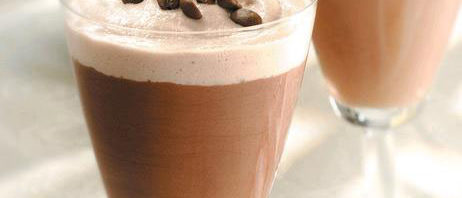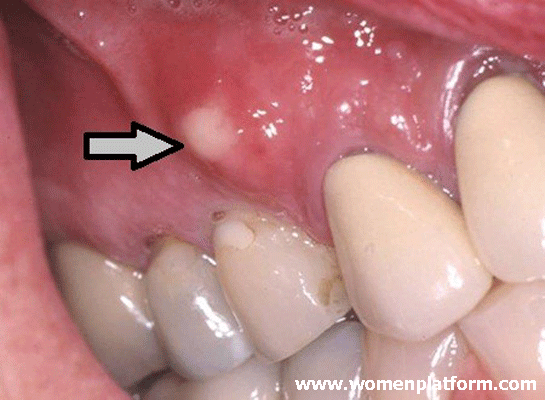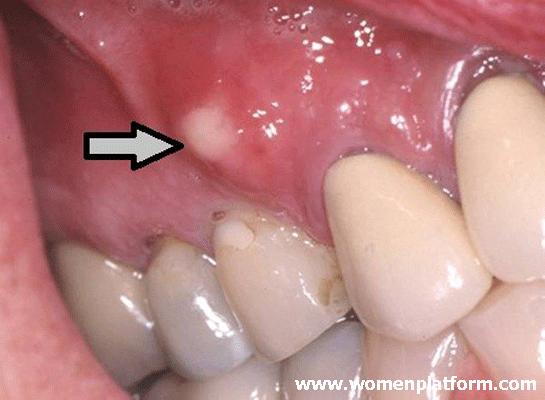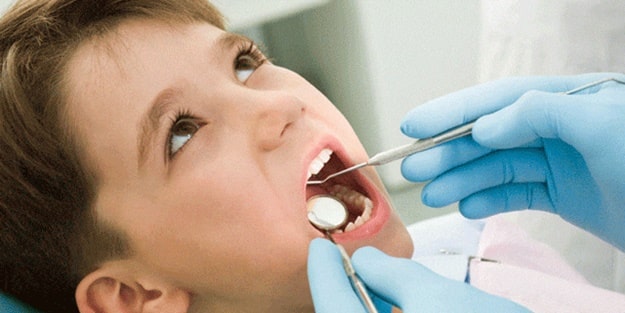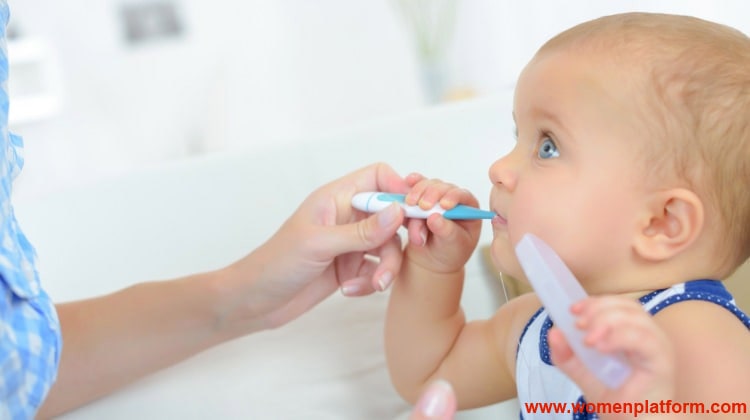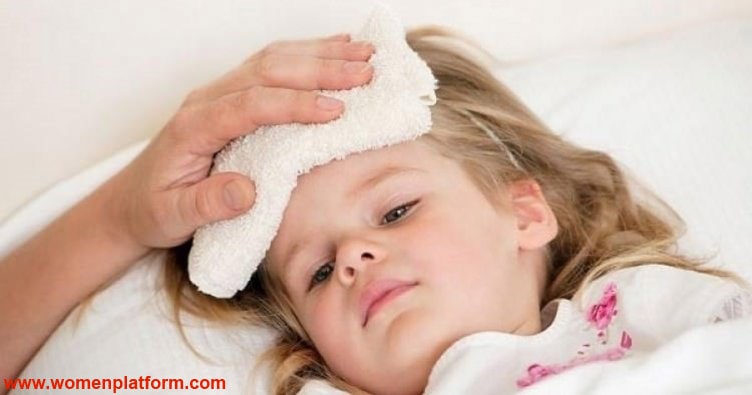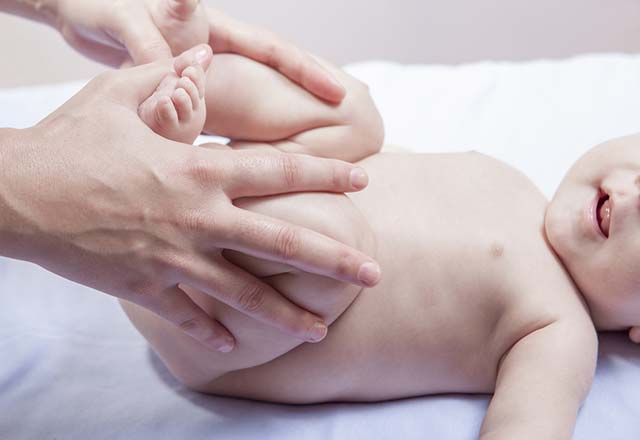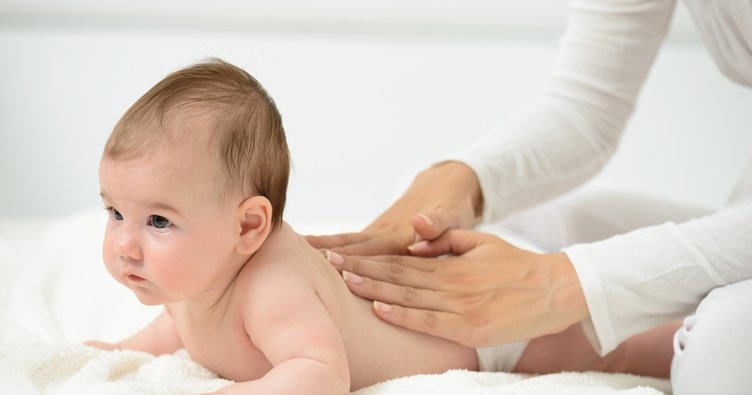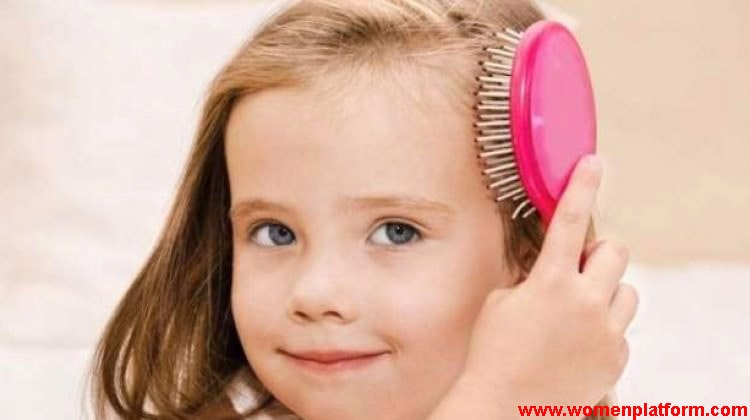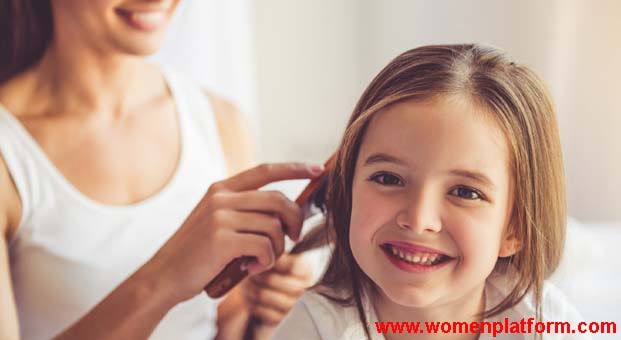
Our war with the heat continues in full swing. We have collected cold coffee recipes that we hear from everyone who comes from outside and that we can’t leave your home or office these days when we make the “humidity too much humidity” statement.
Classic Cold Coffee
Classic cold coffee is a hard drink that can be consumed by those who love coffee very much. First, freeze your filter coffee by pouring it into ice molds. Put the ice in a cup of coffee and add the fresh filtered coffee. If you think it is too harsh, you can add half of the fresh filtered coffee and half of the water.
Frappe
3 cups milk, 4 teaspoons instant coffee (nescafe) and 2 teaspoons sugar in a small jar and close the lid to shake for 5 minutes. Then pour all the ice and milk into the glass and pour the coffee mixture into the foam consistency in the jar.
Caramel Frappuccino
First, drink a glass of caramel sauce into the glass. Then pour half a cup of milk, quarter of a cup of cold filtered coffee, 1 tablespoon sugar and an average of 8-9 pieces of ice from blender. Pour the mixture into a glass of caramel. You can decorate with whipped cream and caramel.
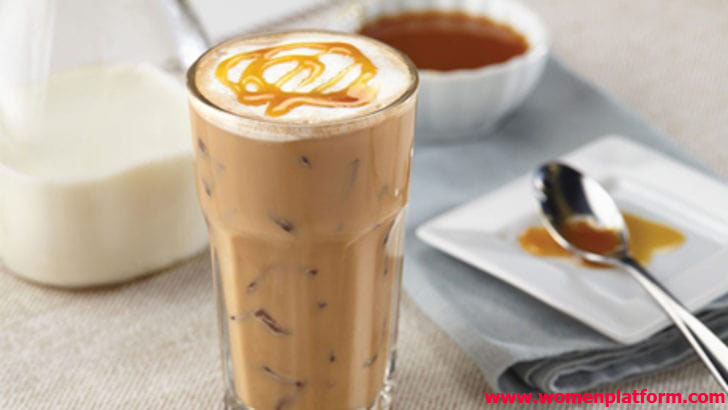
Coffee With Banana
1 cup milk, 1,5 tablespoons nescafe, 1 frozen banana and 2 Top vanilla ice cream, put in blender and put in the glass. You can decorate it any way you want.
Nutella Cold Coffee
8-10 pieces of ice, 1 cup milk, 2 tablespoons Nutella and 1 tablespoon coffee blender mix. You can put the Nutella in your cup. Pour all ingredients into a cocktail shaker. You can decorate it with cream.
Ice Mocha
Put 25 mg powdered cocoa, 60 mg espresso, 4-5 ice and 250 ml milk blendera and mix for about 20 seconds. If you want your coffee to be sweeter, you can put chocolate sauce in your cup. Also, don’t forget to serve with whipped cream.

